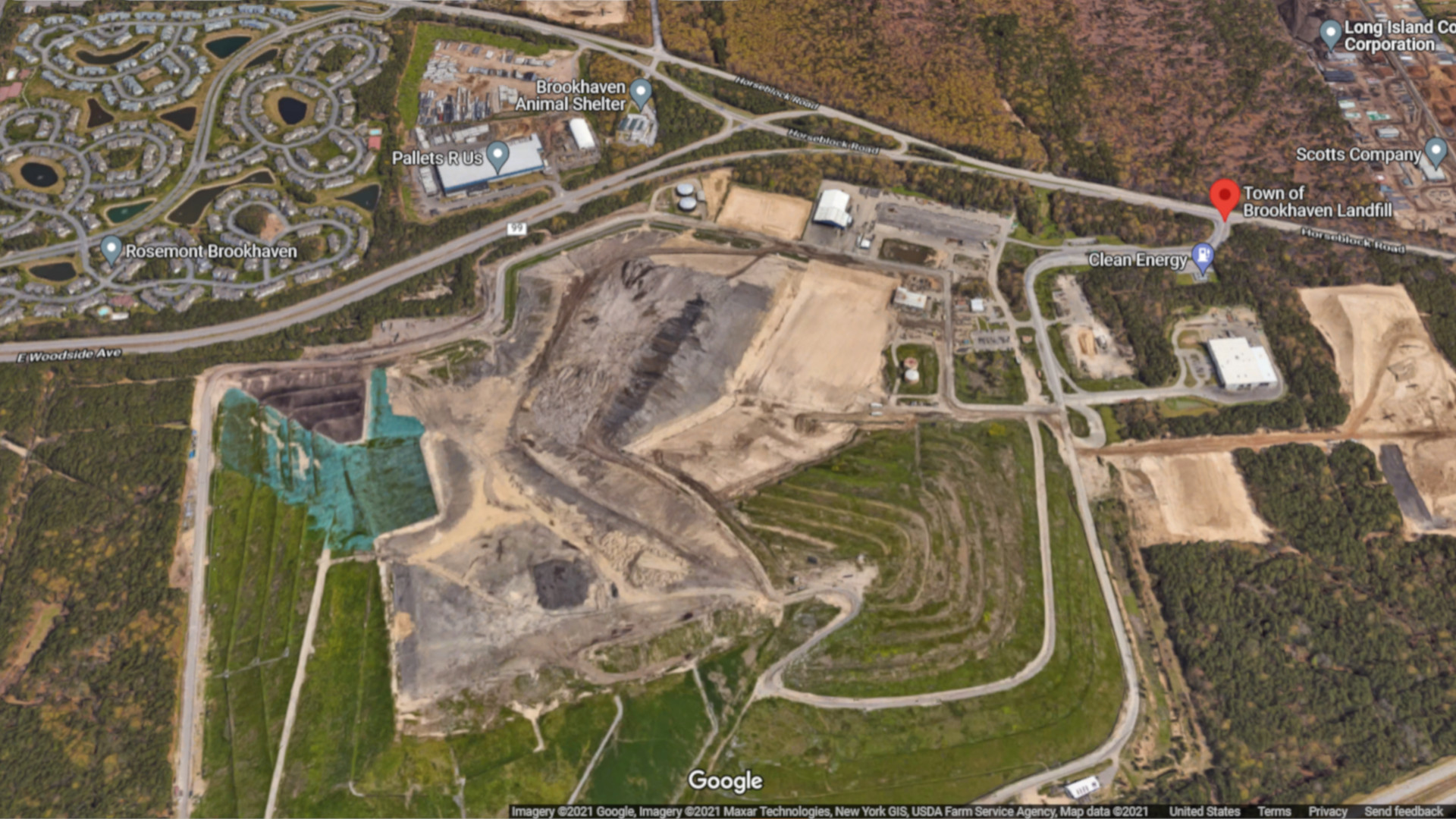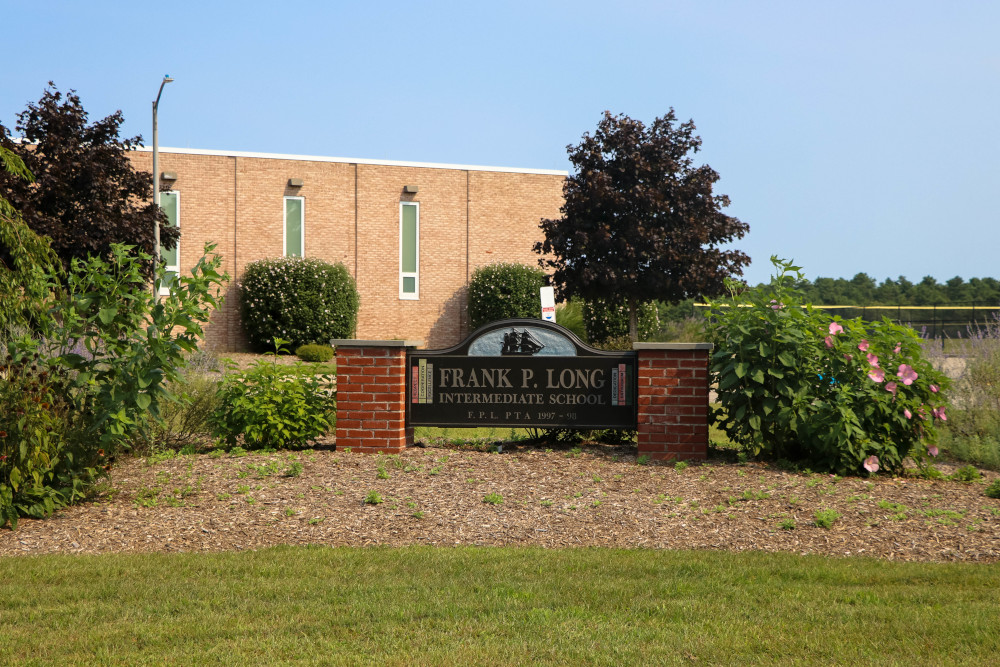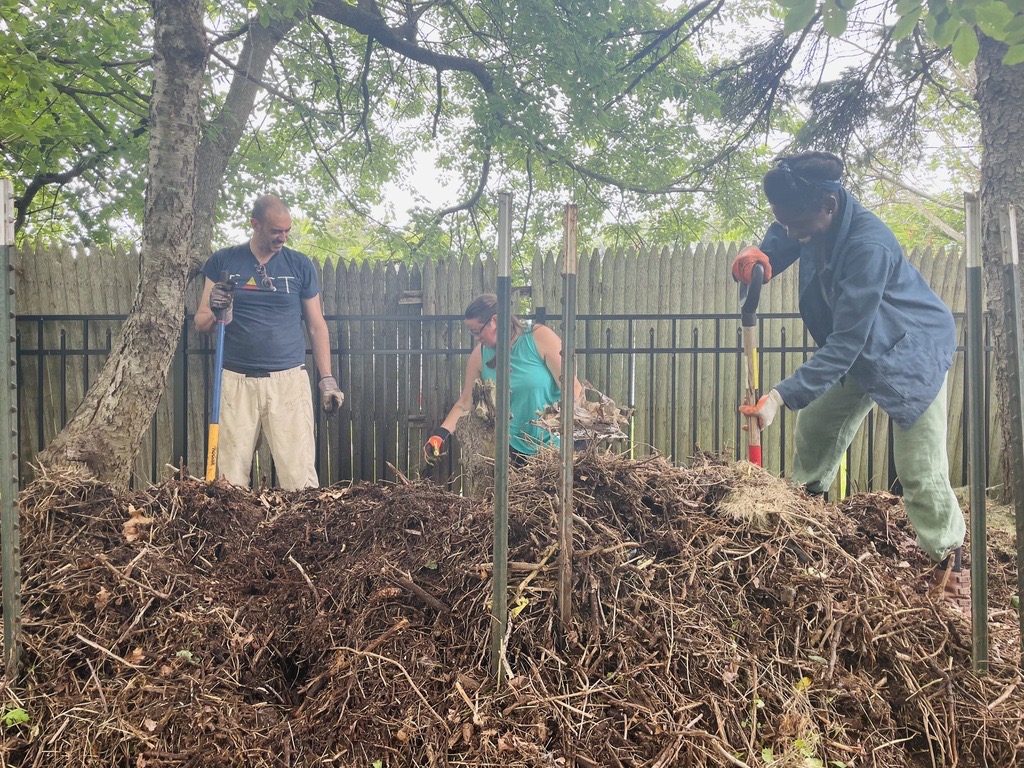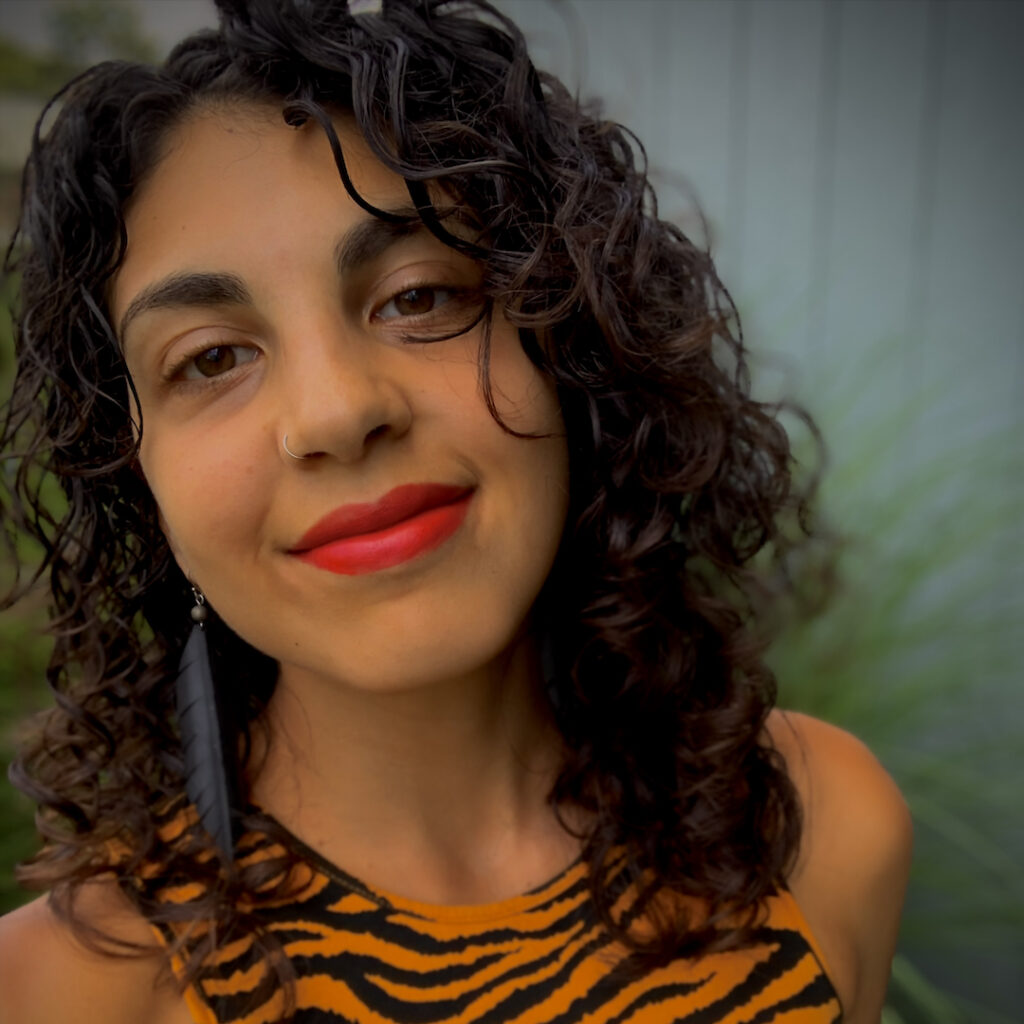As you drive down East Woodside Avenue in Brookhaven, New York, a green mountain seems to emerge from otherwise flat surroundings. Gulls and turkey vultures circle above its dark, sparkling peak.
Soon, as you pass South Village Drive, the breeze begins to carry an acrid stench. It’s strong enough to spark an immediate headache. Rolling up the windows only offers the slightest protection.
That’s because what rises ahead is not a mountain but the 192-acre Brookhaven Landfill. If you listen as you approach, you can hear a fleet of diesel-powered garbage trucks idling outside the entrance on Horseblock Road. Get near enough and you can taste the exhaust in the air.
Brookhaven, located on ancestral Unkechaug land, opened in 1974 as a dumping ground for municipal solid waste. That changed in 1991, when the landfill switched to accepting ash from garbage collected and incinerated elsewhere on Long Island, along with local construction, demolition and street debris.

Up close the 270-foot-high Brookhaven Landfill is shrouded by trees. But the pollution it spews spreads far beyond that green border, traveling through the air, soil and into groundwater.
Those toxins are not felt equally. Approximately 486,000 people live in the town of Brookhaven, but it’s the 12,000 or so residing in the landfill’s shadow — in a predominantly African American and Latino hamlet within Brookhaven called North Bellport — who bear the brunt of its pollution burden.
“Our community has the lowest life expectancy on Long Island,” says local activist Dennis Nix. CDC statistics estimate a person’s life span in the majority Black and Latino community of North Bellport at 73.2 years, 20 years less than the longest-lived census tract on Long Island, which is predominantly white. Nix used to work at the landfill and says he believes toxin exposure there left him disabled.

“This is a community that’s been looked over for many years,” he says. “We’re taking action into our own hands.”
Nix and many others have had enough.
“The problem is systemic, and racism on Long Island runs deep,” says Hannah Thomas, a longtime racial justice activist who has lived in North Bellport for more than 50 years.
“Our community has collectively been speaking out against the landfill before it even opened in 1974,” says another activist, Monique Fitzgerald.
Lately their case has been further reinforced by widespread calls to action on racial violence against people of color by Black Lives Matter and other activist groups in the United States and globally.
“When George Floyd was murdered in 2020, a group of residents decided to hold a Black Lives Matter protest in the North Bellport area to show that we’re opposed to this kind of violence against Black people too,” says Fitzgerald.
Inspired by the protests, Fitzgerald, Thomas and Nix organized the Brookhaven Landfill Action and Remediation Group, or BLARG, to address the community’s history of environmental racism and injustice.
“We felt we needed new action and conversation to bring attention to the disproportionate harm we face,” says Fitzgerald. They were quickly joined by Michelle Mendez, Abena Asare, Kerim Odekon and others who live in and around North Bellport.
The organization has made formal requests, in ongoing community calls and letters, for the town of Brookhaven and state of New York to immediately act to close and remediate the landfill, with the community’s involvement. To start, it has called for a public conversation led by affected communities and experts about how best to cope with Long Island’s abundance of trash, tapping into zero-waste solutions and prioritizing safety and health for communities like North Bellport that are affected by environmental injustice.
Crowd at the Brookhaven Landfill protest. Long Island has a #GarbageCrisis pic.twitter.com/OgkwuYDV8F
— Suffolk DSA (@SuffolkDSA) October 31, 2020
The town has announced it will close the landfill in 2024, but its plans remain elusive and unsatisfactory. No plans of remediating communities affected by the landfill, or efforts to implement zero-waste solutions, are known to exist. Meanwhile the group has uncovered records detailing a planned increase of waste-disposal operations in the area.
BLARG wants answers from the landfill’s stakeholders — the town of Brookhaven and the New York State Department of Environmental Conservation; Winters Bros, which hauls waste and is the town’s contracted recycler; and Covanta, the incinerator company turning Long Island’s garbage into the ash. According to some in the community, these stakeholders have not been forthcoming in holding a dialogue; they say the town and state have long seemed to ignore most attempted calls for meaningful community engagement despite the clear consequences of inaction. The New York state environment department, town of Brookhaven, Winters Bros and Covanta did not reply to multiple requests for comment for this article.
Ashes to Asthma
The Brookhaven Landfill still takes in more than a million tons of incinerator ash every year from three Covanta-owned facilities on Long Island.
When incinerators burn trash, they release heavy metals, PCBs, particulate matter, climate-warming gases, and harmful chemicals like ammonia and benzene. That initial pollution occurs miles away from North Bellport, but the incinerator ash itself is also dangerous. It emits similarly carcinogenic, hormone-disrupting and irritating gases and toxic fine-ash particles easily carried by the breeze. North Bellport’s asthma-included ER visitation rate is the second-highest of any community in Suffolk County. Public health experts have identified the constant diesel truck traffic, gas flaring and landfill odors as harmful to residents’ lungs and found they play a role in the development of asthma.
“There are both physical and psychological impacts,” says Odekon. “You always have to wonder: Did I get sick based on where I live?”
Many members of the community say they were never fully informed about the landfill’s health risks. Less than a mile south of the dump sits a large shelter for unhoused families, and next door to the shelter is the Frank P. Long Intermediate School — where more than 30 staff members have been diagnosed with cancer since 1998, some of whom have died. A state lawsuit filed by teachers, parents and neighbors alleges the town of Brookhaven has failed to protect them from the harmful odors and chemicals emitted by the landfill.
While the New York State Department of Health has not determined the cases to be a “cancer cluster” of particular concern, the community remains alarmed.
“Environmental contamination is very difficult to prove in association with cancer, and it’s often multiple hits that contribute to illness,” says Odekon, a physician. North Bellport, he says, is exposed to a cocktail of chemicals associated with the landfill and its continued operation.
Sludge Compounds the Issue
Additional risks are buried beneath the ash, street and construction debris.
In June 2010 the landfill started accepting 10,000 tons of sewage sludge a month from New York City and elsewhere on Long Island — until the noxious odors led to an evacuation of Frank P. Long School in March 2011. This health crisis led New York state to revoke the town’s permit to accept sludge after just nine months.

Prior to that the landfill accepted municipal solid waste, which releases climate-warming and toxic gases, for nearly 20 years. That only stopped in 1990 after the Long Island Landfill Law phased out such dumping of “untreated” trash on deep-flow groundwater recharge areas to prevent continued contamination. The law passed in 1983 following the discovery of landfill-related chemicals leaching into Long Island groundwater.
Brookhaven was — and remains — one of those leaching landfills. In the 1980s U.S. Geological Survey scientists detected a contaminant plume in the region’s shallow Upper Glacial aquifer containing an array of chemicals linked directly to Brookhaven Landfill and a leaking liner. North Bellport sits in the plume’s path, and tests have shown detectable levels of landfill-linked chemicals including iron, BPA, manganese, ammonia and 1,4-Dioxane in ground and surface waters across the hamlet for decades.
Another concern stems from the presence of PFAS, a class of chemicals commonly found in items made of plastic — and consequently in U.S. drinking water — that are linked to a wide range of health issues like cancer, reproductive problems and hormone disruption. According to Suffolk County Department of Health Services documents obtained by BLARG through the state’s Freedom of Information Law, seven of 20 households still using private wells in 2017 were tested for contamination with landfill chemicals. Water samples from two households tested positive for PFAS in levels exceeding New York State drinking-water standards, and two had levels of iron and manganese exceeding the state standards.
Money Matters
For years the town has argued that closing the landfill would affect its finances and therefore its abilities to continue serving as an endpoint for Long Island trash. The town’s annual revenues from the landfill top tens of millions a year.
“Importing trash is cash,” Odekon says.
Despite racking up around half a billion dollars in waste revenues over the past decade, the town has less than half the finances ready to cover the anticipated cost of closing the landfill, according to a memo from Supervisor Ed Romaine obtained by BLARG through the Freedom of Information Law. Romaine first estimated the cost at around $32 million. He and his office did not respond to our emails.
View this post on Instagram
The town seems determined to make up for any lost revenue.
In late 2020 and early 2021, BLARG’s investigative and outreach efforts helped shed light on and avert a recently proposed landfill expansion — yes, despite the closure slated for 2024. It’s also currently monitoring the town’s hushed effort to “excess,” or rezone, and sell nearly 137 acres of land adjacent to the landfill — land that would have been used for its proposed ashfill — for “light” industrial purposes, such as an industrial park. BLARG organizers fear the move would only increase pollution and injustice.
And something else looms on the horizon. According to town records and waste hauler Winters Bros’ newly publicized plans for a 228-acre waste-by-rail hub near the existing landfill, it seems likely Long Island’s future ash and construction and demolition debris will be shipped to landfills upstate and out of state. Shipping it all first to and then from Brookhaven would create a whole new set of problems, the activists argue.
“We for sure do not need a railway, which would surely increase the amount of waste in our community,” says Asare.
The town’s idea of solutions following the landfill’s closure look, to BLARG, like anything but. “Slapping solar panels on the trash, building an enormous waste-by-rail station, and who knows what else — everything is under wraps,” Odekon says.
The Future: Can a Polluted Community Go Zero-Waste?
Even as those fights continue, BLARG has begun working on the problem from a different direction. Its members hope to reduce the amount of trash the community generates in the first place.
This summer the group organized a 90-day pilot community composting program, which collected and composted 1,300 pounds of food scraps from 20 families. The effort took place at North Bellport’s Chris Hobson and Bill Neal Memorial Community Garden, a project initially started more than a decade ago by a network of neighbors to address the lack of affordable, nutritional food available to the community.
“Diverting waste from a landfill is a radical action,” says Fitzgerald. “We need to show people that it can save lives.”

BLARG has also started auditing the community’s waste, a crucial early step in making North Bellport as a zero-waste community, another of the group’s goals.
Problems like Brookhaven won’t go away easily. Industry experts project that plastic production will rise into the future, as will the pollution it creates at every step of its lifecycle. And like Brookhaven, the effects of this toxic pollution will continue to be felt unequally, often by communities of color, reinforcing systemic racism.
As it continues its fight, BLARG’s organizers invite North Bellport residents and allies to join in efforts for community-led landfill closure, remediation and transparency — to be a part of the solution.
“It’s amazing to see how our support has expanded out from the community into a constellation of allies speaking out together for justice,” says Mendez. “The people who have been harmed deserve to have their voices heard.”
![]()



